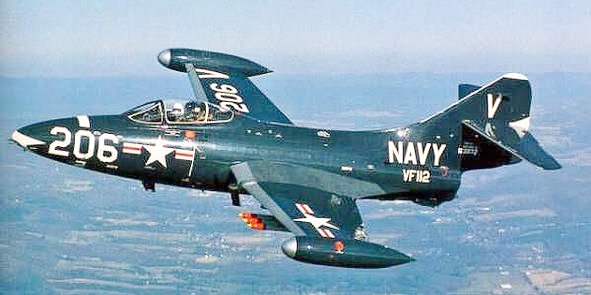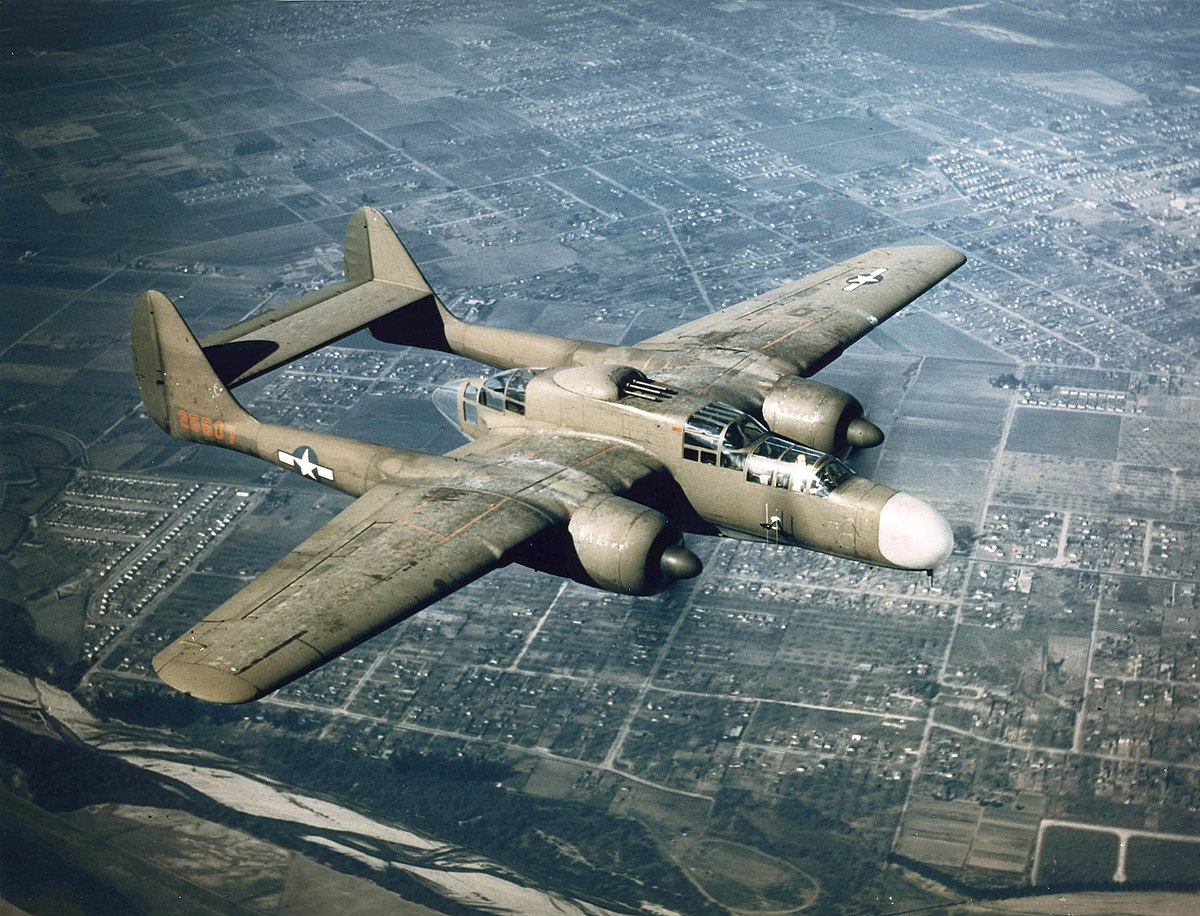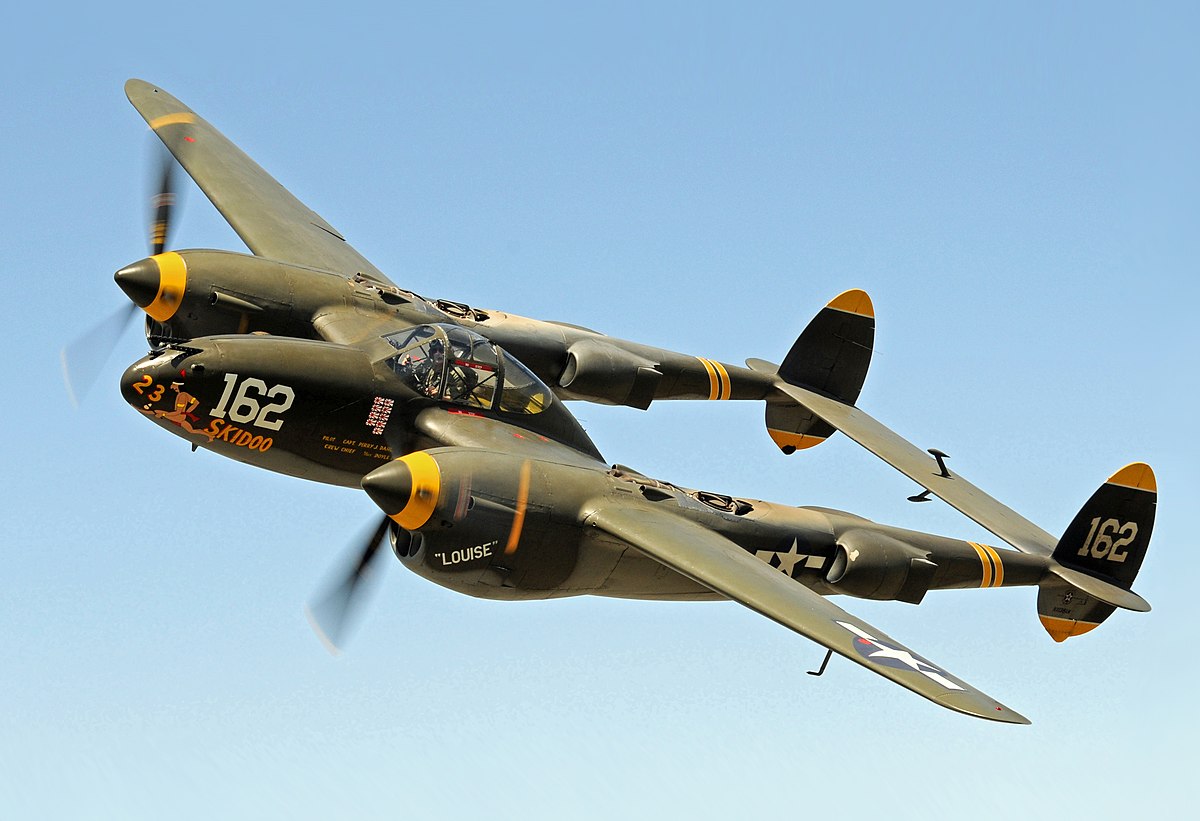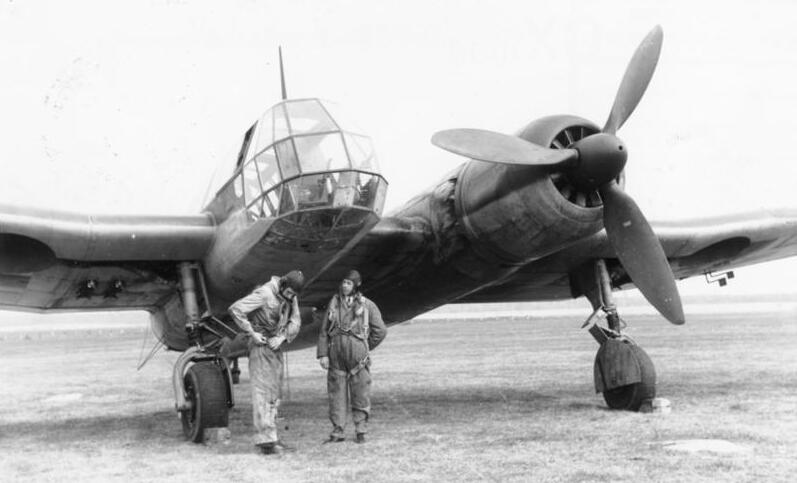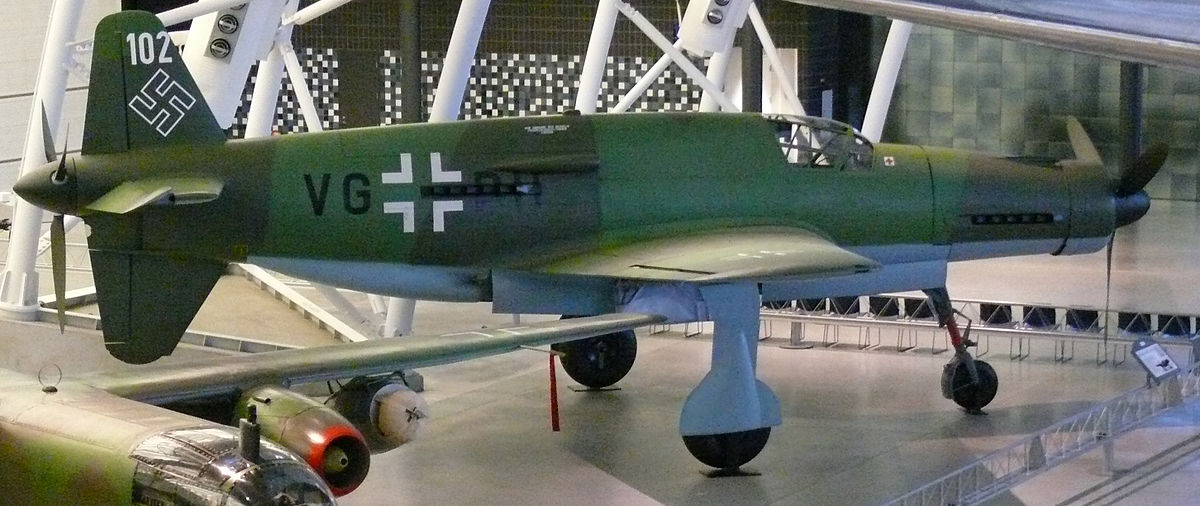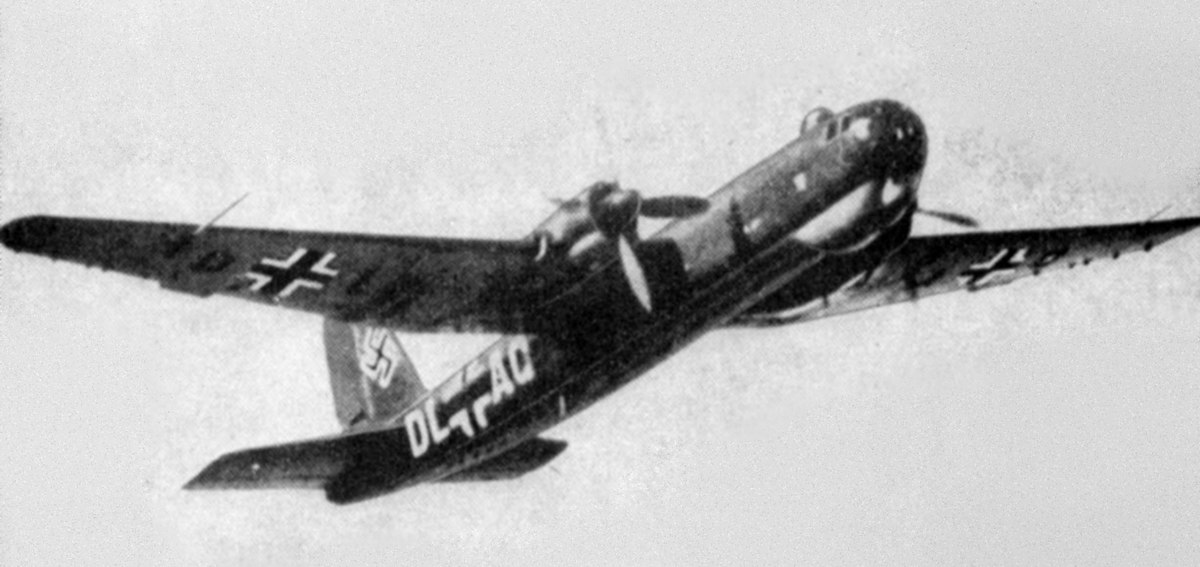Stryder50
Platinum Member
Within the top five, though my pick for number one;
Boeing B-29 Superfortress
....
The Boeing B-29 Superfortress is an American four-engined propeller-driven heavy bomber, designed by Boeing and flown primarily by the United States during World War II and the Korean War. Named in allusion to its predecessor, the B-17 Flying Fortress, the Superfortress was designed for high-altitude strategic bombing, but also excelled in low-altitude night incendiary bombing, and in dropping naval mines to blockade Japan. B-29s dropped the atomic bombs on Hiroshima and Nagasaki, the only aircraft ever to drop nuclear weapons in combat.
One of the largest aircraft of World War II, the B-29 was designed with state-of-the-art technology, which included a pressurized cabin, dual-wheeled tricycle landing gear, and an analog computer-controlled fire-control system that allowed one gunner and a fire-control officer to direct four remote machine gun turrets. The $3 billion cost of design and production (equivalent to $49 billion today),[3] far exceeding the $1.9 billion cost of the Manhattan Project, made the B-29 program the most expensive of the war.[4][5] The B-29 remained in service in various roles throughout the 1950s, being retired in the early 1960s after 3,970 had been built. A few were also used as flying television transmitters by the Stratovision company. The Royal Air Force flew the B-29 with the service name Washington from 1950 to 1954 when the jet-powered Canberra entered service.
The B-29 was the progenitor of a series of Boeing-built bombers, transports, tankers, reconnaissance aircraft, and trainers. For example, the re-engined B-50 Superfortress Lucky Lady II became the first aircraft to fly around the world non-stop, during a 94-hour flight in 1949. The Boeing C-97 Stratofreighter airlifter, which was first flown in 1944, was followed in 1947 by its commercial airliner variant, the Boeing Model 377 Stratocruiser. This bomber-to-airliner derivation was similar to the B-17/Model 307 evolution. In 1948, Boeing introduced the KB-29 tanker, followed in 1950 by the Model 377-derivative KC-97. A line of outsized-cargo variants of the Stratocruiser is the Guppy / Mini Guppy / Super Guppy, which remain in service with NASA and other operators. The Soviet Union produced 847 Tupolev Tu-4s, an unlicensed reverse-engineered copy of the B-29. Twenty B-29s remain as static displays, but only two, FIFI and Doc, still fly.[6]
...

 en.wikipedia.org
en.wikipedia.org

Admittedly a late comer, first flown in 1942, but the trend setter for the future and one of the most advance aircraft of the war.
Boeing B-29 Superfortress
....
The Boeing B-29 Superfortress is an American four-engined propeller-driven heavy bomber, designed by Boeing and flown primarily by the United States during World War II and the Korean War. Named in allusion to its predecessor, the B-17 Flying Fortress, the Superfortress was designed for high-altitude strategic bombing, but also excelled in low-altitude night incendiary bombing, and in dropping naval mines to blockade Japan. B-29s dropped the atomic bombs on Hiroshima and Nagasaki, the only aircraft ever to drop nuclear weapons in combat.
One of the largest aircraft of World War II, the B-29 was designed with state-of-the-art technology, which included a pressurized cabin, dual-wheeled tricycle landing gear, and an analog computer-controlled fire-control system that allowed one gunner and a fire-control officer to direct four remote machine gun turrets. The $3 billion cost of design and production (equivalent to $49 billion today),[3] far exceeding the $1.9 billion cost of the Manhattan Project, made the B-29 program the most expensive of the war.[4][5] The B-29 remained in service in various roles throughout the 1950s, being retired in the early 1960s after 3,970 had been built. A few were also used as flying television transmitters by the Stratovision company. The Royal Air Force flew the B-29 with the service name Washington from 1950 to 1954 when the jet-powered Canberra entered service.
The B-29 was the progenitor of a series of Boeing-built bombers, transports, tankers, reconnaissance aircraft, and trainers. For example, the re-engined B-50 Superfortress Lucky Lady II became the first aircraft to fly around the world non-stop, during a 94-hour flight in 1949. The Boeing C-97 Stratofreighter airlifter, which was first flown in 1944, was followed in 1947 by its commercial airliner variant, the Boeing Model 377 Stratocruiser. This bomber-to-airliner derivation was similar to the B-17/Model 307 evolution. In 1948, Boeing introduced the KB-29 tanker, followed in 1950 by the Model 377-derivative KC-97. A line of outsized-cargo variants of the Stratocruiser is the Guppy / Mini Guppy / Super Guppy, which remain in service with NASA and other operators. The Soviet Union produced 847 Tupolev Tu-4s, an unlicensed reverse-engineered copy of the B-29. Twenty B-29s remain as static displays, but only two, FIFI and Doc, still fly.[6]
...

Boeing B-29 Superfortress - Wikipedia

Admittedly a late comer, first flown in 1942, but the trend setter for the future and one of the most advance aircraft of the war.

